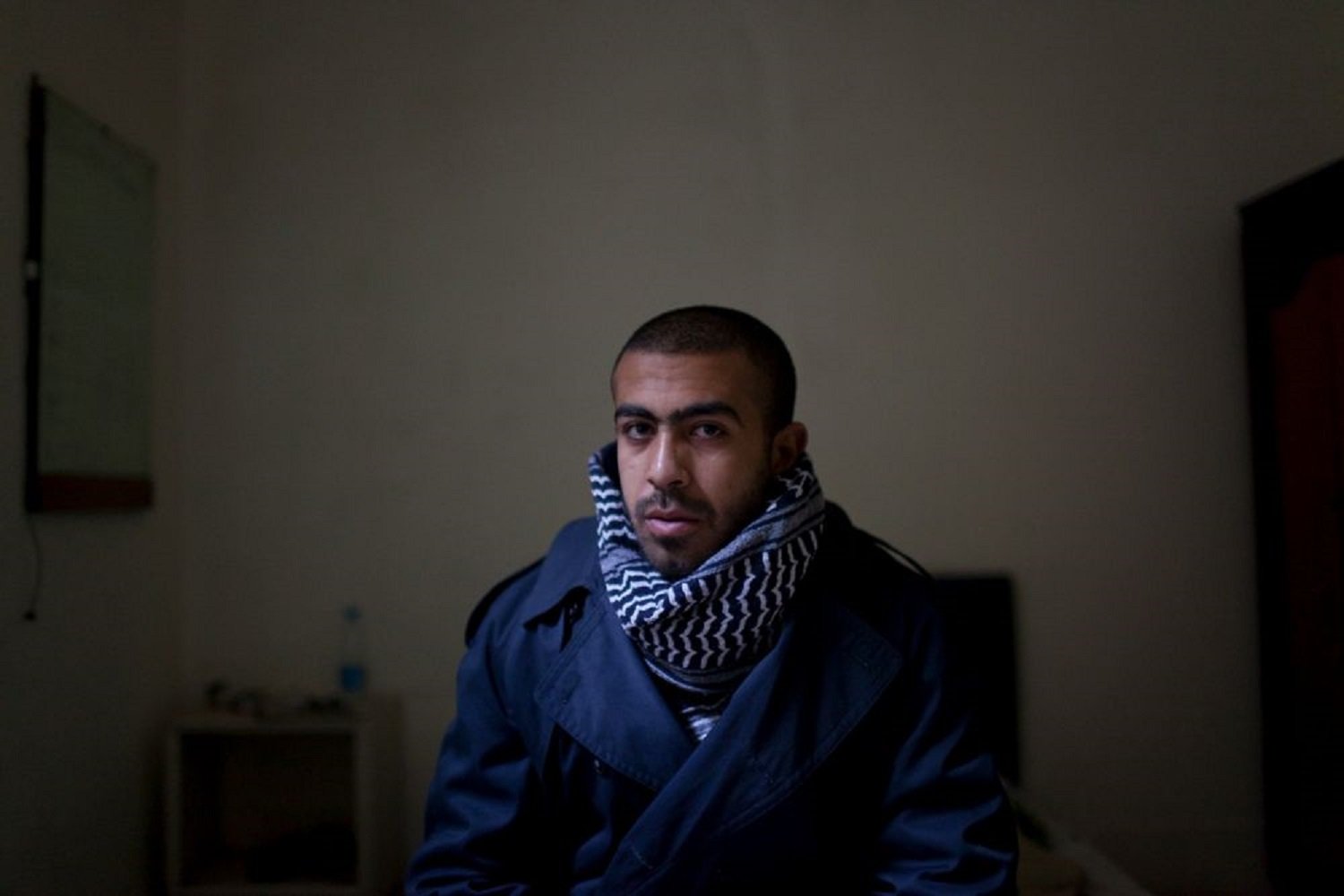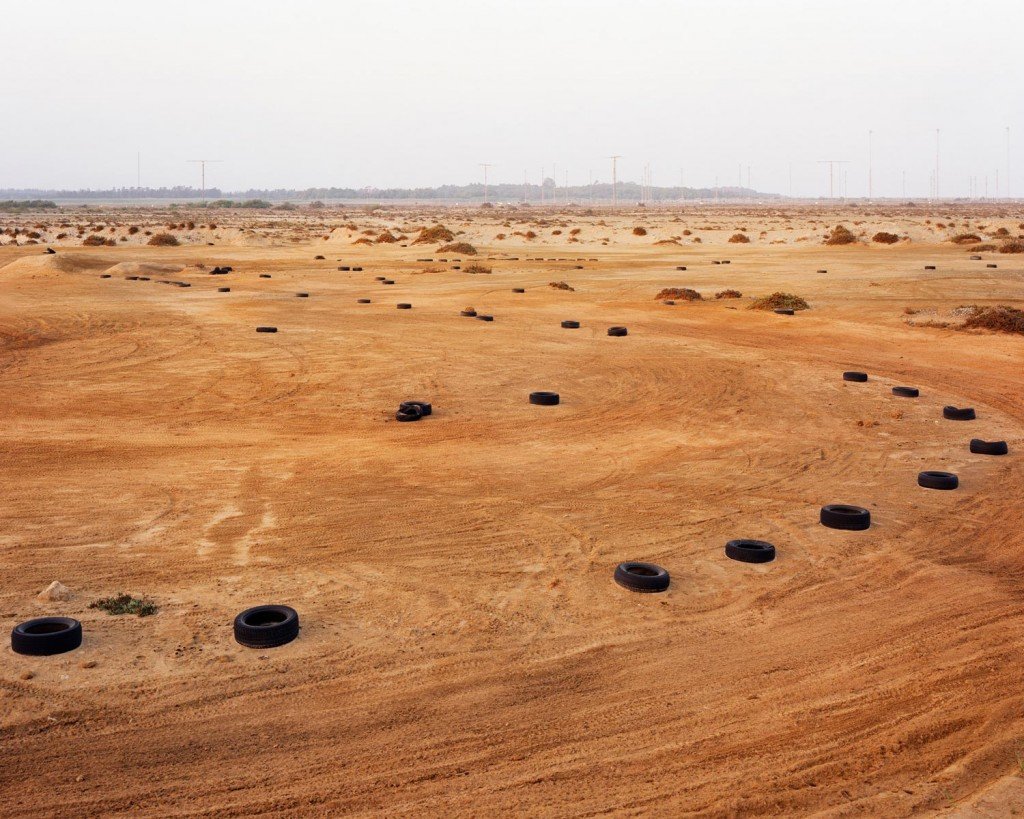Japan –
James Whitlow Delano is an American photojournalist who has lived in Japan for nearly 20 years. He has been awarded numerous titles including the Alfred Eisenstadt Award (from Columbia University and Life Magazine), Leica’s Oskar Barnack, Picture of the Year International and many others. In Black Tsunami, he takes us through the horror and desolation in the aftermath of the Tohoku tsunami.
Where did you go first to photograph? Did you plan the project Black Tsunami from the start or did it emerge as you photographed?
We cut across the island back to the Pacific Coast at Kamaishi because we had heard that stretch of the coast was particularly hard hit. As we arrived, it was immediately obvious that this had been the case as I almost climbed through the window of the car to get out into the snow and begin photographing a scene like none I had seen before. In 2008, I had documented the devastation wrought by Cyclone Nargis in Burma but even that paled in comparison to the total destruction brought by the tsunami.
Events were unfolding so quickly and access was not guaranteed. Frankly, I was expecting Japanese police, given my experience with American police forces, to cordon off the whole area. To their credit, police waved us through and the media coverage benefited the relief effort by allowing the world to grasp the magnitude of the event.
So, we were really putting one foot before the other in those early days. What moved me was the Biblical scale of debris in every city. Cars were folded bridge railings like soft drink cans 15 meters or more above the water, logs were impaled through third story windows and some boats were even deposited on rooftops.
Conditions were difficult following the tsunami. How did this affect your work?
We had to plan carefully. First and foremost, we did not want to be taking food or water, figuratively, out of the mouths of survivors. It was necessary to either sleep in relief centers or an hour away, where one could obtain food and water. I was firm in that I did not want to eat survivors’/refugees’ food. If we stayed at relief centers, we would have been forced to do that as our own supplies would have run out.
I often turned down the kind offerings of people at relief centers. They generously offered food to us. I could not accept that.
Gasoline was rationed and gas lines went on for kilometers. People would park their cars in gas lines for the night, go home to sleep and return to them in the morning. So, we decided to hire a taxi that ran on liquid propane gas because that fuel was still plentiful.
 Japan Self Defense Forces search several kilometers inland from Otsuchi for victims of the 25 m (82 ft) tsunami that struck the town. Clothing and a sofa from a demolished house is suspended from the branches of tree. Iwate Prefecture, Japan. The cold weather that set in right after the tsunami has hampered the relief effort and weighed heavily on the elderly and young children. Thus far more than 26,000 people are either missing or dead and the death toll has risen to 10,000 souls.
Japan Self Defense Forces search several kilometers inland from Otsuchi for victims of the 25 m (82 ft) tsunami that struck the town. Clothing and a sofa from a demolished house is suspended from the branches of tree. Iwate Prefecture, Japan. The cold weather that set in right after the tsunami has hampered the relief effort and weighed heavily on the elderly and young children. Thus far more than 26,000 people are either missing or dead and the death toll has risen to 10,000 souls.
Did you return to the same places you photographed during the year?
Yes, I did return to some of the same places during the year, though I followed where I believe the most important events were unfolding. I did return to Iwate Prefecture again when the cherry blossoms bloomed because of a moment standing in front of a pair of cherry trees.
A tug boat had been carried up and deposited next to them by the tsunami, and a house came to rest right beside them. It was not possible to tell from where the house had come. There were clothes up in the branches of the trees. I was talking to a Japanese photographer friend who told me that her grandmother had described Tokyo looking this way during the firebombing campaigns during the Second World War. I decided right then that I would have to return to that spot when or if the sakura cherry trees came back to life and bloomed. Well, when I returned, the tug boat was still there, the house and one cherry tree had been removed. Still the tree, in front of which she had shared the story, was then in full bloom, having come back to life.
I returned quite a few times to the nuclear no-entry zone, as that part of the story started to eclipse the tsunami story itself, as the situation seemed to get worse and worse, as revelations about the radiation leaked out. By then, I had educated myself on the nature and magnitude of the radiation and found places I was comfortable entering.
I returned again to Iwate in late-January to document the changes over the year. In the process, I found access to the pine forest in Rikuzen-Takata. This was significant because the city had been completely level by the tsunami. The centuries-old Takata Matsubayashi, Takata Pine Forest, of 70,000 trees had been completely wiped out by the tsunami except one tree which survived and became a symbol of hope.
Sadly, the salt water eventually killed that one surviving tree. I walked down to the beach and found that the beach that had been in front of the forest was completely gone. The land had receded almost 1 meter.
Stumps of the pine trees stood but the surf had undercut them so that the roots now projected into the air like the legs of king crabs at the waterline, creating an otherworldly appearance which communicated a stronger message than any words. I suppose that is what I was trying to do throughout my time photographing this multifaceted disaster, to make photographs that spoke stronger than any words could possibly do.
How did you gain access to the Fukushima nuclear power plant and what was your experience there?
I entered the no-entry zone by slipping in unnoticed. Access was denied by threat of fine and imprisonment, but this was a story that just had to be told. The emptiness was chilling. The spring sky and flowers flew in the face of the invisible danger. Apparently, the radiation had no visible affect on the plant life which seems to be growing normally. By summertime, it became clear how tenuous a hold “civilization” on the landscape. Nine months after the disaster, many places look as if they had not been inhabited for a decade, not such a short amount of time.
I would move around in the forest plantations farmers had planted to avoid detection but to be honest, I never encountered a soul in the zone.

Recovery workers, probably police, wearing full-body white suits to protect them from radiation, enter the 20 km (12.4 miles) nuclear no-entry zone in a police bus at the main check point on Route 6, Minami Soma, Fukushima Prefecture, Japan. Recovery workers enter the no-entry zone to search for the bodies of the missing but the danger of radiation exposure has greatly slowed their progress.
Many of these photographs have a haunted emptiness to them. What did you intend to invoke with these landscapes?
I wanted to document the loss of people’s life work in an event that was not of their own making.
I felt I could identify with them. I imagined if every photograph I have made over the past 25 years were destroyed, even that would not be like losing the family farm, perhaps in the same family for hundreds of years. Each family’s roots run deep in this country with such a rich, long history. Most of these farmers were above what would normally be considered retirement age. How are they going to start over. I tried to communicate that with eyes that have lived with Japanese, studied and come to love their culture over the course of 18 years. I approached the story as someone with skin in the game, someone with family here. I approached the story as no idle observer who goes home.Japan has become my home.

Once a great pine forest of 70,000 trees, covered the oceanfront at Takata Matsubara until the 11 March 2011 tsunami swept through decimating them all. Now the sea under cuts the roots beneath their stumps, giving them an other worldly appearance. Rikuzen-Takata, Iwate Prefecture, Japan.
Did you meet anyone in particular or have one unforgettable experience that stand out while working on this project?
I met a man in Otsuchi in the early days. He described what happened to his mother.
The first tsunami came and was not too big. So, because her life savings was in the house, she decided to take a chance and return to the house and save that cash from the flood. He asked her not to go but relented when she insisted so strongly. So, he watched her go into the house from his perch on high ground. He watched the second bigger tsunami destroy the house and never caught a glimpse of his mother again. Her body had not been recovered and likely never would, if it had been swept out to sea.
The man told this story, fighting back tears, as he told us that his adult siblings called him a murderer because he had allow his mother go back to the house where she was killed.
There are times when I think about what I have seen and those who I have met and they remind me of my family and neighbors here. It can momentarily overtake me emotionally but perhaps it would not be human not to experience moments like that coming out of the blue.

An ocean going ship sits where it came to rest in the debris of the great 25m high (82 ft.) tsunami that hit Kesennuma, Miyagi Prefecture following the massive earthquake that struck under the sea off of Japan.
You refer to the past year as “year zero” for Japan. What do you mean by that?
I feel this was a reset for Japan unlike any since the end of Second World War. It was not a Cambodian Khmer Rouge Year Zero but I felt that the power of that phrase was appropriate to how I felt. Certainly, Japan will never be the same to me.
What do you want your viewers to take from your photographs?
I want viewer to feel like they were there. I want to transmit the energy and I do not want this moment in history to simply be swept away. The feeling of invulnerability that people feel in the industrialize world was felt here too before the tsunami. I want viewers to see themselves and their family members in the photographs, in the sense that they are not looking at the “other”. They are looking at “us”. We all can find ourselves in such situations and we can all gain from watching how the Japanese people have gotten through this time without looting, without riots, but with stoic strength and dignity. Under extreme duress, the people here never cracked.
The book is available at the FotoEvidence bookstore and the iTunes bookstore.

Cherry blossoms have open on a tree that seems to rise right out of the rubble. Ofunato, Iwate Prefecture, Japan.
Interviewed by Svetlana Bachevanova
Photograpy By James Whitlow Delano

















